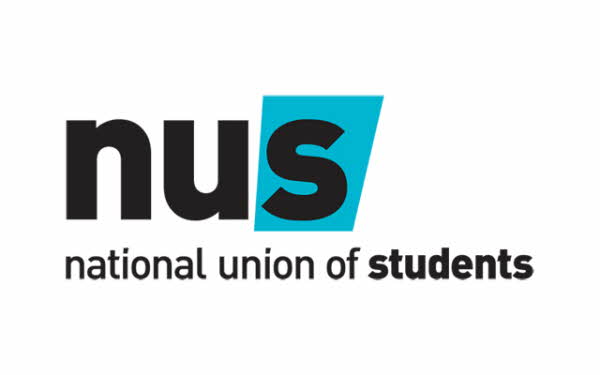Remote learning invites UK university cyberattack

To prioritise the safety and wellbeing of university students, the National Union of Students (@nusuk) has recently called for more flexibility with regard to returning to campus and the provision of online learning opportunities. Echoing this, Education Secretary Gavin Williamson has also asked universities to consider remote learning at greater scale. The pivot to online comes with many challenges and as seen with recent ransomware attacks on UK universities, cybersecurity must be front of mind for any education institution developing measures to accommodate an increasingly remote student base.
Andrew Hollister, head of LogRhythm labs, comments:
“Our increased reliance on digital infrastructure has led to a surge in sustained, aggressive cyberattacks across multiple sectors – and this is no different for higher education. As we continue to normalise remote learning, cybercriminals are simultaneously finetuning their tactics to launch timely, sophisticated ransomware, phishing and social engineering attacks. The severe and far-reaching impact of May’s Blackbaud ransomware attack is a recent reminder of the lasting damage this can cause.
“Cyberattacks against educational institutions are concerning because of the diverse and valuable data held across their networks, including student information, financial details as well as research and intellectual property of the academic team. As distant learning and remote access look set to replace physical lectures across the country, staff and students will need secure access to network applications in the cloud. As such, universities must follow the corporate precedent and seek security solutions that ensure adequate visibility across their increasingly dispersed networks. Technologies that can monitor online environments to quickly detect and respond to malicious activity will be critical to the prevention of another damaging data breach at a time when the industry is already under such immense pressure.
“So, as the pressure to manage student wellbeing and the continuity of learning increases, so must our understanding of the associated risks and the most viable mitigation strategies.”











Responses